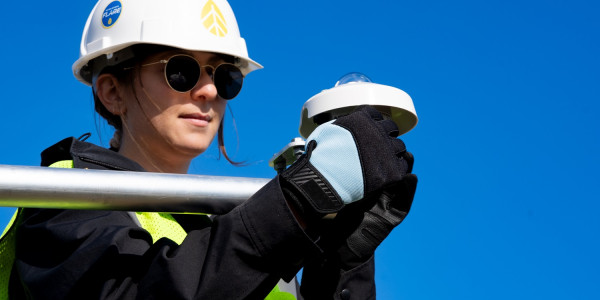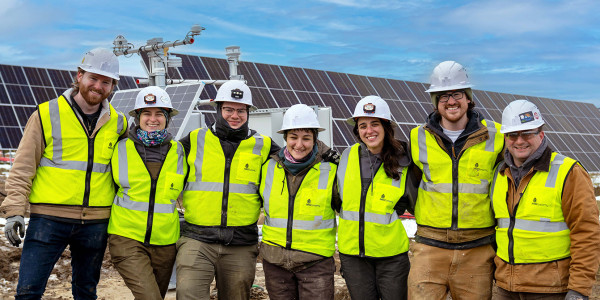During the rough and tumble of everyday life, it’s easy to get wrapped up in the immediate moment and lose sight of the broader perspective. This is true in all areas of our lives. In sports, a defeat can be overwhelming if not viewed as a learning experience.

Latest Posts
Most people in the wind industry would agree that there are two things impeding the growth of wind power in the United States right now: lack of long-term federal policy and artificially low natural gas prices. Try as we might, we can’t control either one.
Jan Albers, author of Hands on the Land: A History of the Vermont Landscape (MIT Press, 2000), teaches that the process of making decisions about human impact on the landscape is demanding, complex and continuous. She has written: “Landscapes do not just spring fully formed, from the earth.
There’s a lot of volatility in the wind industry at the moment. In the U. S. , the production tax credit (PTC) is set to expire at the end of 2012, and there’s a general lack of federal policy to support wind energy development.
Market-driven innovation has been on my mind often since the new year began. Uncertainty seems to reign worldwide in the wind industry in 2012, and it is comforting to be able to focus on something more directly within my own sphere of control — opportunity creation.
As the future of the U. S. wind industry grows less certain day by day, wind farm developers and equipment manufacturers will continue to announce workforce reductions in the US.
This Valentine's Day, wind energy seems to be "wookin pa nub in all the wong places. "
While other energy sectors enjoy federal subsidies that artificially lower the costs of extraction, generation, and decommissioning – not to mention polluting – wind doesn’t have the same cozy relationship with Congress.
It’s déjà vu all over again. Once again, political shortsightedness threatens to stifle a booming wind industry just as it did 30 years ago.
If Kristen Graf has her way, every year from now on there will be more women working in the wind industry.
We like to put ourselves and others in boxes. No, I don’t really mean that literally. By boxes I mean categories.




